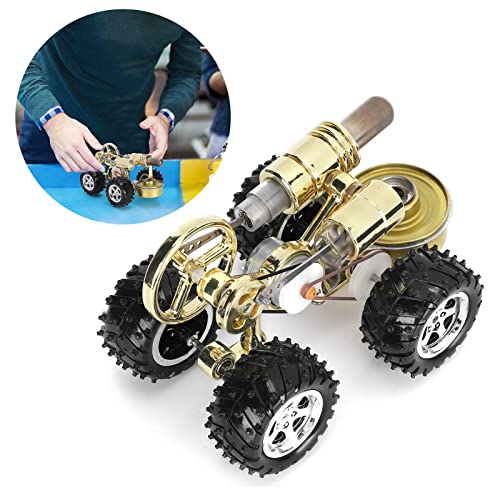Hello,
I was curious and hopeful that those folk who have successfully built their own diesel injectors, might share their designs and words of wisdom in this thread.
There is a bunch of fantastic work spread across the site and for those of us dreaming of compression ignition, it would be great if the successfully completed injectors were shared in one place.
Any and all info would be immensely helpful.
Thanks,
From under a bridge.
I was curious and hopeful that those folk who have successfully built their own diesel injectors, might share their designs and words of wisdom in this thread.
There is a bunch of fantastic work spread across the site and for those of us dreaming of compression ignition, it would be great if the successfully completed injectors were shared in one place.
Any and all info would be immensely helpful.
Thanks,
From under a bridge.
























![MeshMagic 3D Free 3D Modeling Software [Download]](https://m.media-amazon.com/images/I/B1U+p8ewjGS._SL500_.png)











![DreamPlan Home Design and Landscaping Software Free for Windows [PC Download]](https://m.media-amazon.com/images/I/51kvZH2dVLL._SL500_.jpg)






























